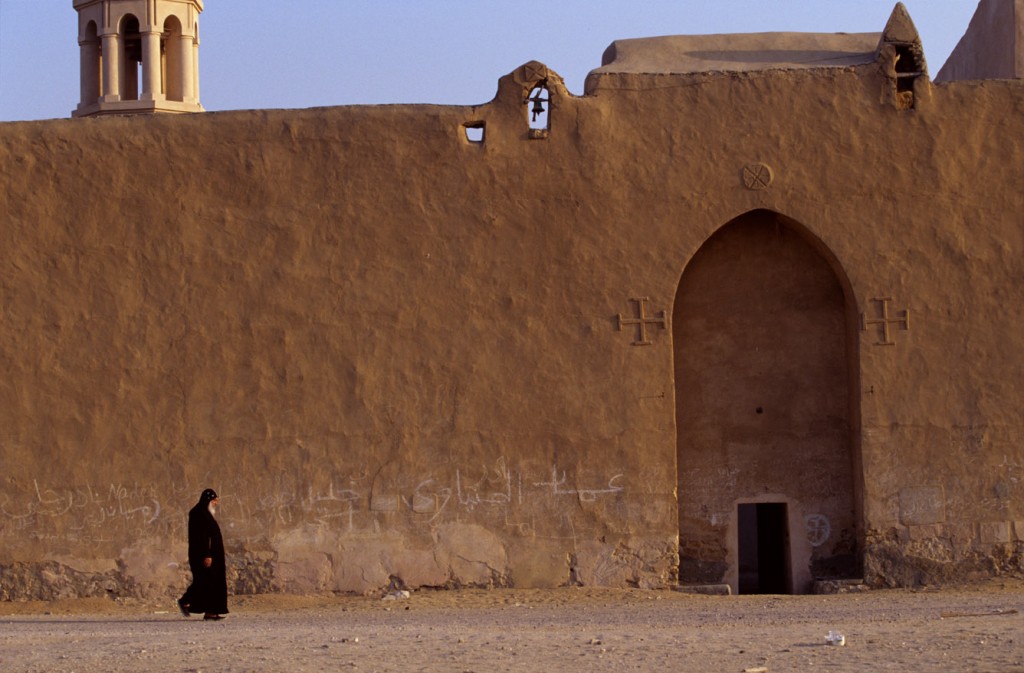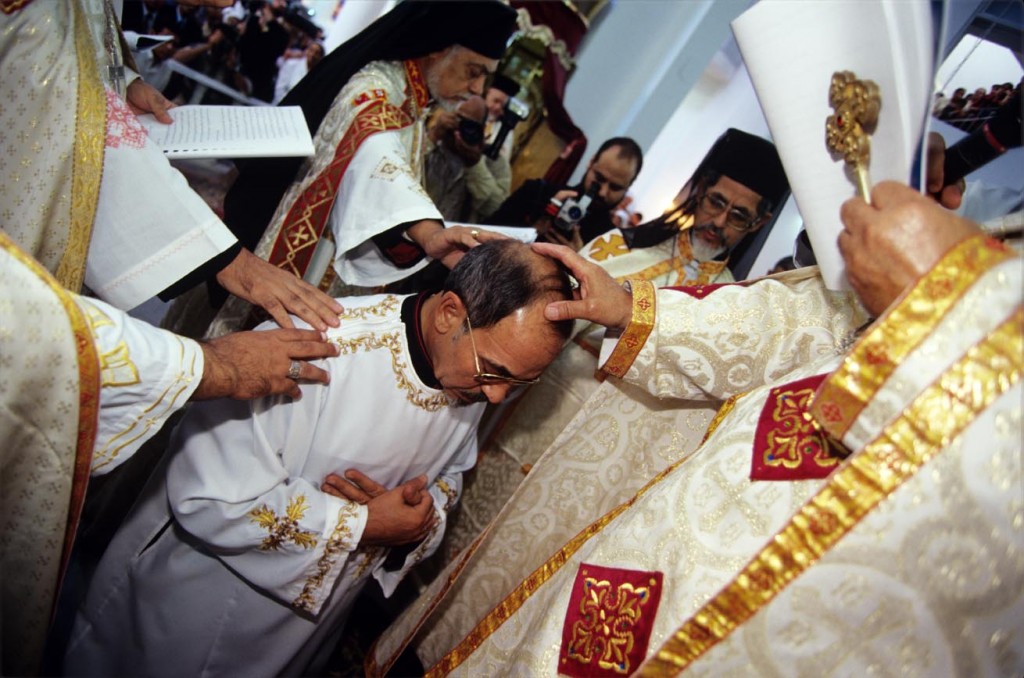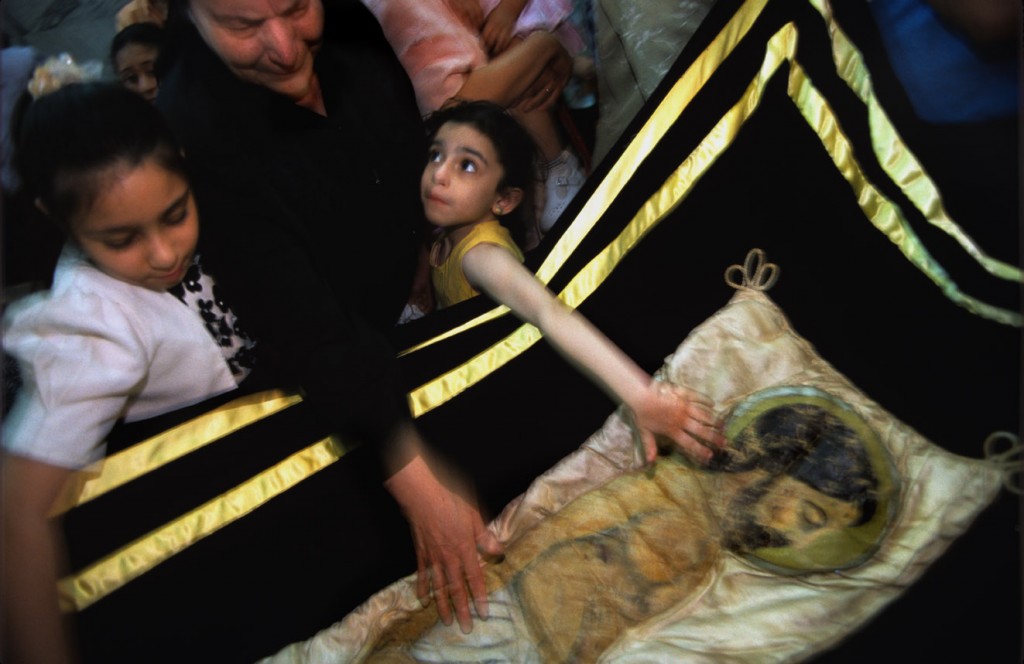African photography is on the rise. Following decades of photographic misrepresentation by observers from outside the continent, African photographers are now showing the world what they see through their lens. This is Africa spotlights them in a series of interviews.
When talking about the photography of Nabil Boutros there is a distinctive turning point to be noted, exactly ten years ago. Before 2005 the Egyptian photographer was trying to show good sides of a difficult present by being close to people, to their faith, to every day life and by trying to introduce some beauty or dreams. “But since, I am making and using pictures (even my own archives) to bring consciousness awareness of what is happening socially with a distance that I can call poetic, or may be philosophic. Hopefeully at least”, Nabil explains. “It’s clear to me that I cannot make the same pictures as before; my point of view have changed. Before, I was aware to show empathy with people, situations, beauty. But now I am more looking to find formal approaches of some ideas or ironic comments.”
Nabil’s most recent works are not only conceptual: form and shape are also very important and make up an essential part of it; they have to pull sensations in the same direction. Conceiving a new project means for him conceiving the appropriate form. “I have my commitments with my projects, but no formal style, brand or trade mark which are mainly concerned by trade, buying and selling. My main concern is about Egypt and the Middle East, trying to raise problematics on a human level.”
Dark and hazy
Having studied decorative arts in Cairo and painting in Paris, Nabil has a broad background. “At the time I was studying I was feeling very close to classic painting and drawing. I started making conceptual paintings with classical techniques with the help of photographs I was taking, but was not really satisfied. So I started making photos, trying to catch emotions, instants that were giving me immediate feeling of truth.” He was getting pleasure out of working in the lab and the craft side of black and white photography. Funny thing is that the photographer he is today has more to do with his first conceptual work as a painter than his first experiences of photography thirty years ago. “Since my beginnings, I didn’t like to show and describe everything. Dark and hazy pictures leaves enough space for the viewer to project himself, to dream in the picture. That’s why I never became a reporter in a journalistic definition. Newspaper and magazine photographs are showing easily understandable situations to illustrate subjects, which doesn’t interest me as photographer.”
He even went the opposite direction, trying to combine pictures beside each other to transcend resistance to a quick and consummative reading of the images. “Photographic techniques have changed and the relationship with images too. Meanwhile, continuing to resist consuming images, I slowly slipped to my recent conceptual works.”
Witch hunt
Because Nabil is focusing on his own subjects, whatever is the success, or non success that it gets from audience, he is determined in his task: giving shape to thoughts and feelings and putting them on a public ground like little bricks. Trying to give an intimate image of Egypt, from inside, on different subjects for the Egyptian and foreign audience. Before he didn’t meet particular difficulties for shooting pictures, but since a year and half, it is even difficult to show up a camera. “There is a real witch hunt for any kind of recording, not only from authorities but also people who are sincerely convinced that any photographer or cameraman is working for with a foreign agenda to demolish the Egyptian state.”
The Egyptian photography scene was and still is very rich, according to Nabil, but was actually enhanced by two combined phenomenons: a digital revolution and street revolution. A young new generation learned very quickly what is reporting, making good images. That was really missing due to police surveillance for long years.














